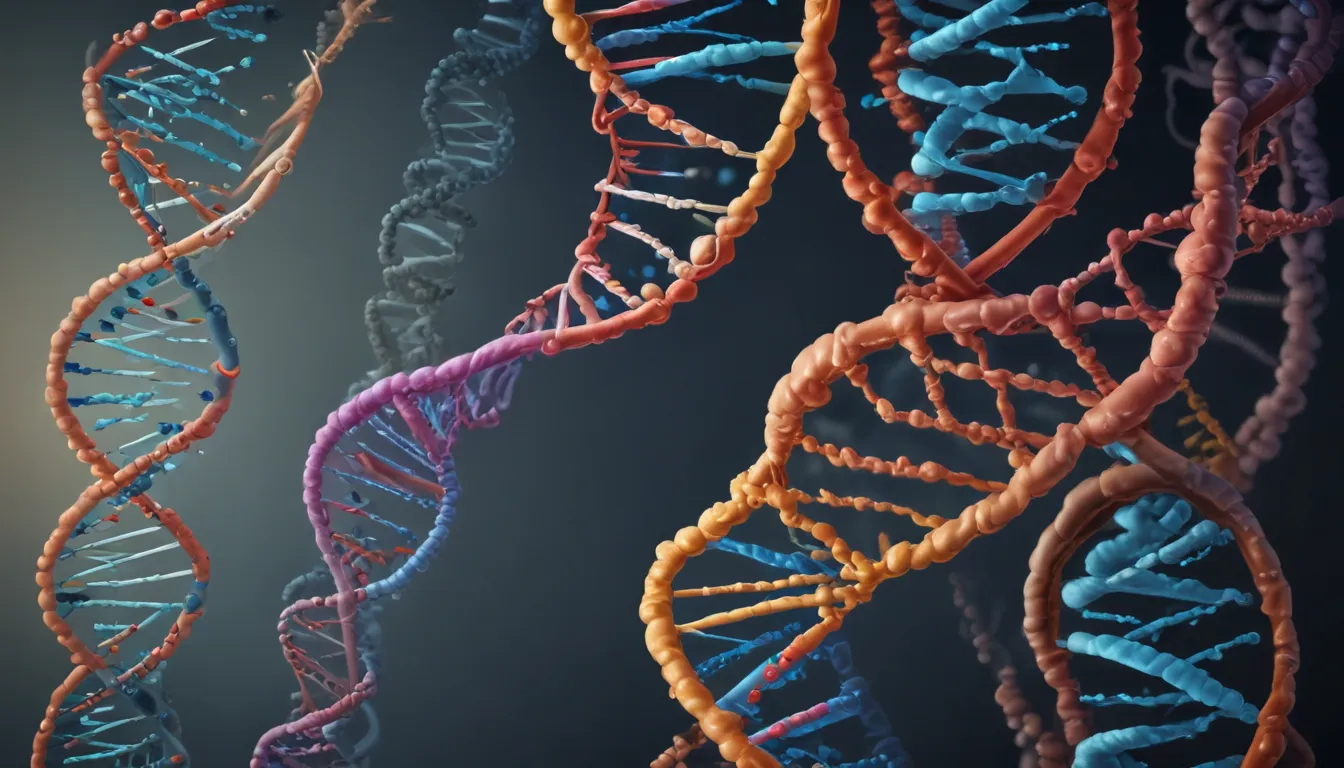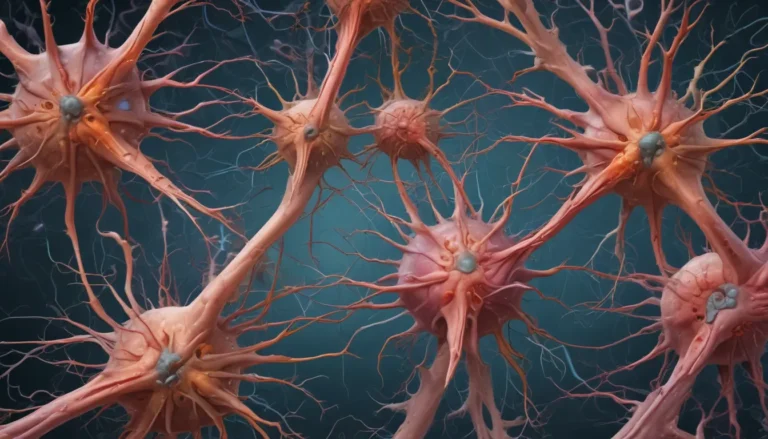A Note About Images: The images used in our articles are for illustration purposes only and may not exactly match the content. They are meant to engage readers, but the text should be relied upon for accurate information.
DNA repair is a fundamental process that serves as the guardian of our genetic material, ensuring its stability and integrity. Like a biochemical superhero, DNA repair mechanisms constantly work to protect our DNA from damage caused by environmental factors and natural cellular processes. In this article, we will delve into 12 captivating facts about DNA repair that shed light on its importance and complexity, ultimately highlighting its impact on our health and well-being.
Unraveling the Complexity of DNA Repair
DNA repair mechanisms play a pivotal role in maintaining genomic stability by monitoring our cells and correcting errors or damage that may arise due to various factors. These intricate pathways are like a repair crew constantly working to keep our DNA in top shape, safeguarding it against mutations and diseases.
The Diversity of DNA Repair Mechanisms
There are several different types of DNA repair mechanisms, each specialized to handle specific types of damage. From base excision repair to nucleotide excision repair, these pathways involve a complex interplay of proteins and enzymes to detect, remove, and replace damaged DNA segments.
The Molecular Machinery of DNA Repair
Our cells house intricate molecular machinery dedicated to DNA repair, with proteins and enzymes collaborating in complex pathways to ensure the integrity of our genetic code. These mechanisms are highly precise, identifying and repairing specific damaged DNA sequences without altering surrounding genetic information.
The Role of DNA Repair in Disease Prevention
Defects in DNA repair mechanisms can lead to genetic diseases such as xeroderma pigmentosum and Bloom syndrome, underscoring the importance of these pathways in maintaining cellular health. Exposure to certain chemicals, radiation, and lifestyle factors can also impact the efficiency of DNA repair mechanisms, highlighting the need for a healthy lifestyle to support optimal genetic integrity.
DNA Repair and Cancer Prevention
DNA repair is crucial for preventing the development of cancer, as aberrant repair processes can result in the accumulation of mutations, increasing the risk of cancer formation. Understanding how DNA repair works has revolutionized cancer treatment by paving the way for targeted therapies that exploit weaknesses in cancer cells’ repair pathways.
DNA Repair and Aging
As we age, the efficiency of DNA repair mechanisms may decline, leading to an increased accumulation of DNA damage. This gradual decline in repair capacity underscores the role of DNA repair in aging and age-related diseases, emphasizing the importance of supporting these mechanisms as we grow older.
Unique DNA Repair Mechanisms in Nature
Some organisms, such as bacteria, possess unique DNA repair systems like CRISPR-Cas, which have been harnessed for gene editing purposes in modern biotechnology. These innovative repair mechanisms expand our understanding of DNA repair and offer new avenues for scientific exploration.
The Evolution of DNA Repair Research
Research on DNA repair continues to uncover new insights into genetic disorders, aging, and potential therapeutic interventions. Scientists are constantly studying these processes to unravel mysteries and develop innovative treatments that leverage the intricacies of DNA repair for better health outcomes.
Delving Deeper into the World of DNA Repair
As we explore the fascinating world of DNA repair, we gain a deeper appreciation for the mechanisms that protect our genetic blueprint. From preventing mutations to influencing our health and aging, DNA repair plays a crucial role in our overall well-being. Embracing the beauty of DNA repair opens doors to scientific discoveries and potential advancements in healthcare that can benefit us all.
Conclusion: Embracing the Beauty of DNA Repair
In conclusion, DNA repair is a fascinating and crucial process that ensures the integrity and stability of our genetic material. It is essential for maintaining the overall health and functioning of living organisms, preventing mutations, and potential genetic disorders. By understanding the mechanisms of DNA repair, we have unlocked new insights into life processes and paved the way for significant advancements in medical research and treatment.
FAQs: Exploring the World of DNA Repair
-
What is DNA repair, and why is it important?
-
DNA repair is a fundamental biological process that corrects damage to DNA, ensuring genetic stability. It is crucial for maintaining overall health and well-being by preventing mutations and supporting proper cellular function.
-
What types of DNA damage require repair?
-
Common types of DNA damage include DNA strand breaks, mismatched base pairs, and chemical modifications caused by radiation, reactive oxygen species, and environmental toxins, among others.
-
How does the DNA repair process work?
-
The DNA repair process involves various pathways such as base excision repair, nucleotide excision repair, and homologous recombination, utilizing specific enzymes and proteins to detect and repair damaged DNA segments.
-
Can DNA repair be inhibited?
-
Yes, DNA repair can be inhibited by factors like exposure to chemicals, radiation, genetic mutations, and deficiencies in repair mechanisms. Inhibition of DNA repair can increase the risk of genetic disorders and cancer.
-
How does DNA repair relate to cancer?
-
Defects in DNA repair mechanisms can contribute to cancer development by allowing the accumulation of mutations that promote uncontrolled cell growth and division, hallmarks of cancer formation.
Unveiling the Mysteries of DNA Repair
The study of DNA repair is a journey into the captivating world of genetic integrity, offering insights into the fundamental processes of life. By exploring the mechanisms that protect our DNA, we gain a deeper understanding of our genetic blueprint and the potential for innovative therapeutic strategies to combat genetic diseases. As we continue to unravel the mysteries of DNA repair, let’s embrace its beauty and complexity, opening doors to new discoveries and advancements in healthcare.






